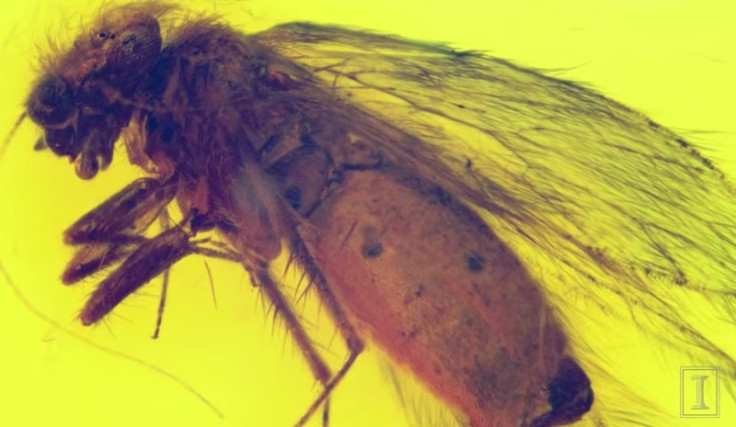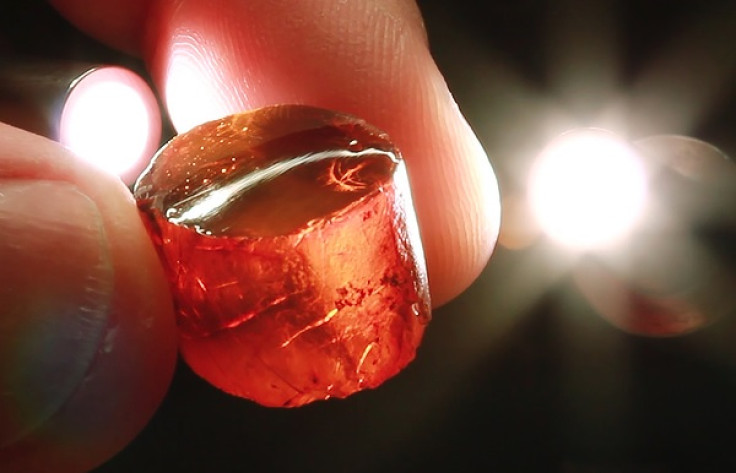Electrotettix Attenboroughi: 20-Million-Year-Old Grasshopper Named After David Attenborough

A 20 million-year-old grasshopper the size of a rose thorn has been named after Sir David Attenborough.
Electrotettix attenboroughi was found in the Dominican Republic encased in amber 50 years ago and has now been identified as a new species.
Scientists from the Illinois Natural History Survey, part of the University of Illinois, have been screening over 160lbs of amber collected in the 1950s by entomologist Milton Sanderson.
Published in the journal ZooKeys, researchers discovered a tiny grasshopper that lived between 18 and 20 million years ago, a time representing an intermediate stage of evolution for locusts. Ancient specimens of the group had winds, while modern species do not.

Electrotettix attenboroughi appears to have vestigial wings – structures of wings that have lost their primary function.
The grasshopper ate moss, algae and fungi and its name comes from a combination of electrum, meaning amber in Latin, tettix, meaning grasshopper and David Attenborough, the world-renowned naturalist and broadcaster.
Palaeontologist Sam Heads said: "Grasshoppers are very rare in amber and this specimen is extraordinarily well-preserved.
"Sir David has a personal interest in amber, and also he was one of my childhood heroes and still is one of my heroes and so I decided to name the species in his honour - with his permission of course."

The grasshopper was found in a fragment of amber that also contained wasps, ants, midges, plants and fungi, offering clues as to what this lost world was like.
"Fossil insects can provide lots of insight into the evolution of specific traits and behaviours, and they also tell us about the history of the time period," Heads said. "They're a tremendous resource for understanding the ancient world, ancient ecosystems and the ancient climate - better even, perhaps, than dinosaur bones."
© Copyright IBTimes 2024. All rights reserved.









